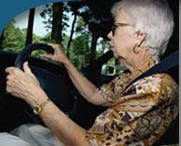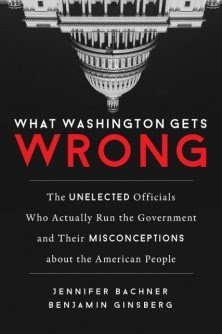Newswise, October 26, 2016 — As men age, they continue to
follow dominant ideas of masculinity learned as youth, leaving them unequipped
for the assaults of old age, according to a new study.
The mismatch between aging and the often ageless expectations
of popular masculinity leaves senior men without a blueprint to behave or
handle emotions, according to a new literature review from Case Western Reserve
University.
Men who embodied prevailing cultural and societal hallmarks of
manliness as younger men—projecting an aura of toughness and independence,
avoiding crying and vulnerability, while courageously taking risks—are
confronted by the development of health problems, loss of spouses and loved
ones, retirement and needing to be a caregiver for ailing family members in
later life.
“Who you are in the past is embedded in you,” said Kaitlyn
Barnes Langendoerfer, a doctoral student in sociology at Case Western Reserve
and co-author of the review, which mined narrative data from nearly 100
previously published studies.
“Men have trouble
dealing with older age because they’ve followed a masculinity script that left
little room for them to negotiate unavoidable problems.”
“In our study, we hear men struggling with grief—which is a
vulnerable state—and caregiving, which is associated with femininity,” she
said.
“If they must cry, men feel it’s to be done in the home, away
from others, even when spouse has died. They have to renegotiate their
masculinity in order to deal with what life is bringing their way.”
This masculinity “script” still embraced by older men was
outlined as the four-part Blueprint of Manhood, first published by
sociologist Robert Brannon when the men in the studies were entering adulthood
in the 1970’s. The blueprint included:
No Sissy Stuff - men are to avoid
being feminine, show no weaknesses and hide intimate aspects of their lives.
The Big Wheel - men must gain and
retain respect and power and are expected to seek success in all they do.
The Sturdy Oak – men are to be
‘‘the strong, silent type” by projecting an air of confidence and remaining
calm no matter what.
Give ‘em Hell – men are to be
tough, adventurous, never give up and live life on the edge.
“We’re all aging; it’s a fact of life. But as men age, they’re
unable to be who they were, and that creates a dissonance that is hard to
reconcile,” said Langendoerfer, who studies aging in men.
“We need to better understand how older men adapt to their
stressors—high suicide rates, emotions they stifle, avoiding the doctor—to
hopefully help them build better lives in older age,” she said.
The review, published in the journal Men and
Masculinities, was co-written by Edward Thompson Jr., an emeritus professor
of sociology and anthropology at the College of the Holy Cross and now an
affiliate of the Department of Sociology at Case Western Reserve.
Most of the data came from studies with white, middle-class
men from the United States, Canada and Europe who had stable careers. “More
research inclusive of different races and socioeconomic backgrounds is needed
to obtain a more complete picture of how older men adapt,” Langendoerfer said.










